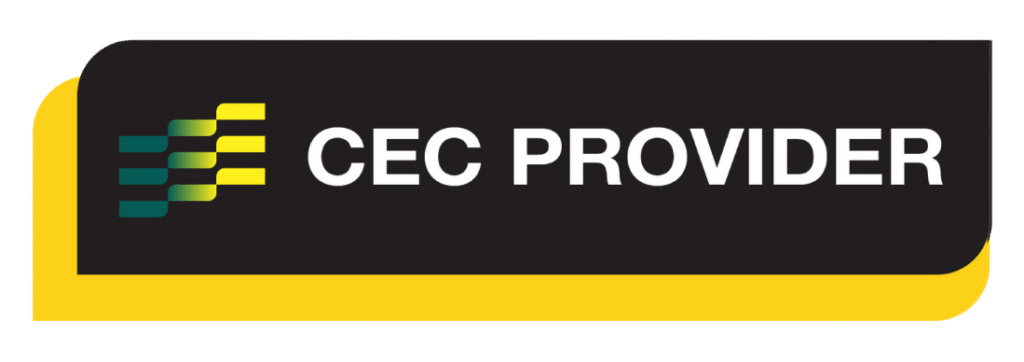Reformer Repertoire
Kneeling Arm Work Forward:
Open the Window
Alternate Names
Open the Book
Derived From
Classical Reformer: Chest Expansion
Primary Element
Strength
Why for Primary?
To develop and create strength in the rotator cuff muscles, working against the spring resistance to externally rotate the shoulder and eccentrically to control the movement of the arm back to the start position.
Secondary Element
Stability
Why for Secondary?
To strengthen and develop control in the abdominal muscles transversus abdominis to create pelvis and torso stability whilst in a high kneeling position.
Tertiary Element
N/A
Why Tertiary?
N/A
Repetitions
8-10
Apparatus Setup
Suggested springs
- Number system: 1 x spring
- Colour system: 1 x red
- Resistance: light
Foam padding may be used underneath the knees to create a more comfortable position, or the exercise can be performed sitting on a Pilates box, or with the legs crossed or extended if kneeling is contraindicated or creates pain.
Plane of Motion
Transverse
Targeted Muscles
To develop and create strength in the rotator cuff muscles, working against the spring resistance to externally rotate the shoulder and eccentrically to control the movement of the arm back to the start position.
Rotator cuff muscles primarily
- Supraspinatus
- Infraspinatus
- Teres minor
- Subscapularis
Warnings
This exercise may be unsuitable for clients where shoulder external rotation or kneeling is contraindicated or creates pain. If painful to kneel try sitting on a Pilates box, or sitting with the legs crossed or extended.
The exercise may be difficult for clients who present with tight chests or pectoralis muscles, or limited range of motion through the shoulders. Pectoralis release work or stretches may be beneficial before this exercise to assist with activation and range of motion. A short or tight Pectoralis Minor muscle may restrict shoulder flexion by limiting scapula movement and rotation.
Execution
Kneel upright facing the headrest, shoulders stacked over the pelvis and with the knees against the shoulder blocks, the short loops threaded over the hands to the elbow crease – forearms held at a 90-degree angle.
Exhale to externally rotate the shoulder and open the arms, maintaining the upright position of the torso, and inhale to return the arms to the start position.
Observations
Do a body scan of the client taking note of the following points
- Head and Neck
- Is the back of the neck long and crease-free? A slight retraction of the neck with the chin tucked can help avoid straining the neck forward and up
- Pelvis
- Are the hip bones even horizontally or is the client leaning to one side?
- Is the client about to keep a posterior tilt throughout with engagement of the abdominals? Look for the rib cage popping forward, ideally, it is kept down and in with the pelvis tucked to avoid arching in the lumbar spine
- Can the client avoid poking their bottom back towards the foot bar to assist with stability?
- Arms
- Are the shoulders lifted up and back before the movement begins?
- Can the client maintain the connection between the shoulder blades throughout the movement?
- Can the client bring the shoulder back with control against the spring resistance as opposed to letting the spring do the work?
- Legs
- Is the client comfortable kneeling? If not move to a seated position
Learning Style Technique Cues
Auditory – word associations that connect mind and body
- Aim to keep the range of motion only to where the shoulder can no longer externally rotate, avoiding pushing with the forearm
- Bias the pelvis towards a slight posterior tilt in order that you can avoid extending or arching the lumbar spine
- Say the client’s name when you’re about to interact with them
Visual
- Imagine the shoulders rolling back and the collarbones and chest broadening as you create the movement.
- You may demonstrate a part of the movement as a visual representation for the client to see
Kinaesthetic
- Feel the co-contraction of the abdominal muscle and the back extensors to create a stable torso from which to move from
- Feel the the shoulders externally rotate and the chest open to begin the movement
Modifications and Variations
Regress the exercise by
- Reducing the spring setting to one blue spring, note it may make the client feel more off-balance as there is less support from the spring
- Reducing the repetitions and/or pace
- Working on the movement but with 0.5kg hand weights or no weights to create the pattern before adding load
- Stretching the chest and Pectoralis muscles to increase the range of motion through the shoulders before attempting the exercise
- Working on Kneeling Arm Work Forward: Chest Expansion and Thigh Stretch
- Working on Kneeling Arm Work Side: External Rotation
Progress the exercise by
- Increasing the repetitions and/or pace
- Increasing the spring set to one red spring and one blue spring
- Progress into Kneeling Arm Work Forward: Bicep Curls
Series and Transitions
This exercise is part of the Kneeling Arm Work Forward series which includes a range of other exercises in the progressive repertoire. The Long Box Arm Work series is known as the Pull Straps series in Classical Reformer Pilates.
Progressive repertoire

